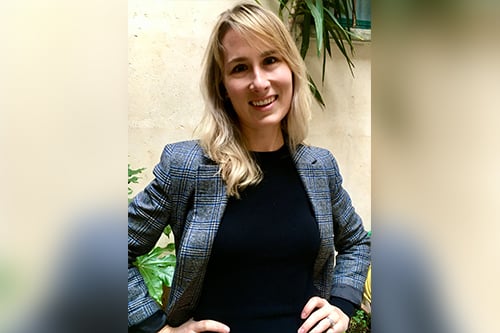

The following is an editorial by Alicja Grzadkowska, senior news editor at Insurance Business. To reach out to Alicja, email her at [email protected].
Alongside the many curveballs that 2020 has thrown the industry’s way, major insurance companies have continued their merger and acquisition activity this year, with the most recent purchase involving Canadian insurer Intact Financial, which plans to buy the Canada, UK, and international operations of London’s RSA Insurance Group Plc as part of a CA$12.3 billion transaction. Denmark’s Tryg A/S is meanwhile taking RSA’s Swedish and Norwegian operations, in what could be the biggest acquisition of a UK-listed company this year.
It’s far from the first big deal of 2020, following in the footsteps of the Aon-Willis Towers Watson merger announced earlier this year, and will likely not be the last transaction that makes waves in insurance in the coming years. However, that’s not necessarily bad news for the insurance industry.
On one hand, insurer mergers can mean that there will be less choice in the marketplace, though with the RSA-Intact deal not yet set in stone, the effect of that remains to be seen. The more immediate, pressing concern on capacity in the marketplace is the impact of the coronavirus on insurers’ willingness to take on risks, which is creating roadblocks in an already hardening market, particularly in lines like D&O and property. Yet, the pandemic should have one silver lining to it.
According to Deloitte’s 2020 insurance M&A outlook, “The post–COVID-19 world may unleash structural and systemic changes across multiple industries, and it’s widely expected that recovery will be highly asymmetric across regions and sectors. Most industries, including insurance, will need to reinvent themselves to thrive and insurance M&A activities are expected to have a strong influence in shaping the ‘next normal’ environment.”
That need for innovation is part of the reason that the Aon-WTW merger made sense for the former firm. Following the release of its second quarter results, Aon chief executive Greg Case was quoted by Seeking Alpha as stating: “Our global risk survey highlights one of the top 10 risks our clients face – only one is fully insured; four are partially insured; and five are not insured at all. The mandate is clear. We must innovate faster to provide answers to these growing areas of client demand,” adding, that “the combination with Willis Towers Watson will substantially accelerate progress.”
Experts predict that other insurers will start looking at M&A to create similar operating efficiencies and seize on opportunities to innovate, with some noting that the M&A landscape will look different in a few key ways to pre-COVID. For instance, global thinktank Institute for Mergers, Acquisitions and Alliances (IMAA) believes that the coming years “will see a quiet revolution in global insurance M&A,” and will involve a broader range of bidders, such as overseas private equity firms, as well as a sharper focus on acquiring or developing technological expertise when looking at potential deals. The latter point is a positive COVID side effect – the insurance industry could stand to be reinvented in several ways, from the pace of digital adoption in the sector to companies’ development of new products (some enabled by technology) to adequately address emerging risks.
A similar story is unfolding in agent and broker M&A. As COVID-19 forces brokers and agents to engage in digital transformation and conduct more of their business through virtual settings, there are some who are considering whether a helping hand could be a good idea to establish financial stability. In that vein, M&A experts predict that partnership will be the premier driver of broker M&A over the next few months, especially for firms that haven’t been able to adopt effectively to the new challenges presented by the pandemic.
“We’ve seen leading agents and brokers actually intensify [investments] into their digital presence and engage customers off renewal cycle in a process to either provide more service, to provide more policies, to review policies and just be connected in a value-added way,” Marie Carr, global growth strategy leader at PwC’s US Financial Services Practice, told Insurance Business. “Then, there may be some brokers who fall behind and find that more difficult, but I think they will adjust as well. And in a worst-case scenario, if brokers don’t adjust to the current environment, there will be opportunities to quickly merge with a company that’s already engaged.”
Faced with the pressure of a hardening market, the COVID-19 pandemic, and challenges in securing stability into the future, principals of brokerages and agencies may look to exit the space in greater numbers by selling off their books as part of their succession plans. Nonetheless, with fewer brokers and agencies left standing, and considering the many ways that insurance advisors can prove their value to clients right now as the pandemic unfolds, those who evolve and thrive in the new normal could come out of the pandemic well positioned for a risk-laden, digital future and stronger than before – in turn, strengthening the insurance industry as a whole.
